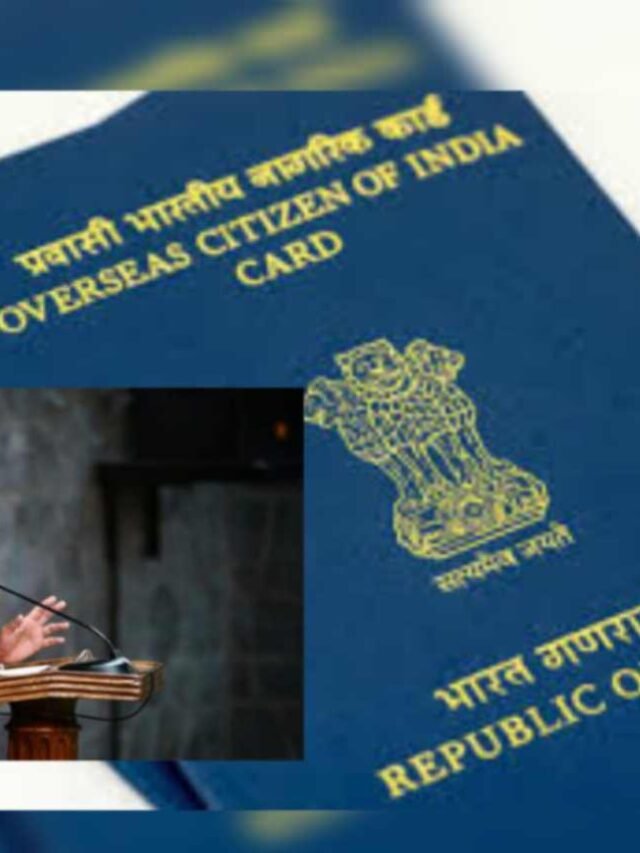India has replaced a 169-year-old colonial maritime law with the Bills of Lading Act, 2025. Explore how this landmark reform modernizes shipping, enhances trade transparency, and aligns with global practice.
introduction
In a significant legislative move, India has replaced the archaic Bills of Lading Act of 1856—a colonial-era law dating back to British rule—with the modernized Bills of Lading Act, 2025. This new act, passed in July 2025 during the Monsoon Session of Parliament, marks a major step toward aligning India’s maritime trade practices with international standards and digitalization trends.
Background: The Need for Reform
The original Bills of Lading Act was enacted in 1856 by the British government. It governed the use and legal standing of bills of lading—critical shipping documents used in international trade to acknowledge the receipt of cargo and outline delivery terms. However, this law was outdated, rigid, and ill-equipped to handle the demands of a dynamic, tech-driven global maritime industry.
With India striving to become a global manufacturing and trade hub through initiatives like Make in India and PM Gati Shakti, it became crucial to update legal infrastructure that governs ports, logistics, and shipping.
What is a Bill of Lading?
A bill of lading is a legal document issued by a carrier to a shipper that serves three key functions:
- Receipt of goods: Confirms that the carrier has received the listed cargo.
- Document of title: Grants the holder the legal right to take possession of the goods.
- Contract of carriage: Outlines the terms of transport between the shipper and carrier.
Given its central role in global trade, outdated regulations on bills of lading created legal ambiguity and operational bottlenecks—especially in the digital era.
Core Components of the Bills of Lading Act, 2025
The Bills of Lading Act, 2025 introduces a modern and flexible legal framework to support India’s maritime and commercial ambitions. Key highlights of the new law include:
1. Digital and Electronic Documentation
A breakthrough in the new law is the official recognition of electronic bills of lading (e-BL). Previously, physical paper documents were the only valid form, causing delays, fraud risks, and inefficiencies.
The 2025 Act allows:
- Digital signatures on bills of lading.
- Use of blockchain and secure transmission platforms.
- Faster transfer of title and cargo clearance.
This aligns Indian law with international conventions such as the UN Model Law on Electronic Transferable Records (MLETR).
2. Clear Legal Rights and Liabilities
The new law clearly defines:
- The obligations of shipowners and carriers.
- The rights of shippers and consignees.
- Provides statutory protection in the event of cargo mishandling or transit delays.
This transparency boosts legal certainty for exporters, importers, freight forwarders, and insurers.
3. Simplified Dispute Resolution
The Act introduces mechanisms for dispute resolution under arbitration norms and international maritime practices. This will:
- Reduce the burden on Indian courts.
- Encourage faster resolution of commercial disputes.
- Promote India as a shipping arbitration hub.
4. Inclusion of Multimodal Transport
The 2025 Act recognizes the evolution of logistics, where goods often travel across sea, road, and rail. The new framework integrates multimodal transport documentation, allowing for seamless end-to-end cargo handling.
Global Harmonization
The Bills of Lading Act, 2025 is aligned with global maritime instruments such as:
- The Hague-Visby Rules
- Hamburg Rules
- Rotterdam Rules (provisions on e-documents)
- UNCITRAL’s digital trade guidelines
By harmonizing with these international norms, India improves:
- Ease of doing business in the shipping sector.
- Investor confidence in port infrastructure.
- Compatibility with foreign shipping partners.
Impact on Indian Trade and Logistics
Benefits:
- Faster cargo processing at Indian ports.
- Reduction in document fraud through digitization.
- Enhanced trade efficiency, reducing turnaround time and logistics costs.
- Increase in export opportunities, particularly benefiting MSMEs and digital freight service providers.
- Environmental benefit by reducing reliance on paper documents.
Transitional Considerations:
- Shipping companies, freight forwarders, and customs officials need training.
- Digital infrastructure must be strengthened to enable smooth adoption.
- Stakeholders must ensure cyber-resilience for electronic records.
Conclusion
The Bills of Lading Act, 2025 represents a watershed moment in India’s commercial and maritime legal history. Replacing a 169-year-old colonial relic, this reform aligns the country with contemporary trade practices, facilitates digital transformation in logistics, and strengthens India’s position in global commerce.
As India seeks to become a $5 trillion economy, modernizing foundational laws like this is not only symbolic but also strategic. The Act empowers stakeholders across the shipping and trade ecosystem to operate more efficiently, transparently, and securely in a digital-first world.

























